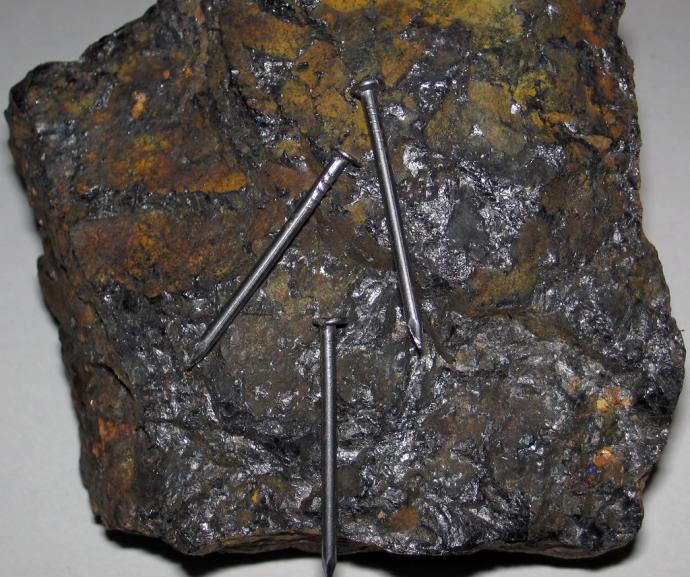Orbits
An orbit is the path an object in space travels around another. Lots of objects in the Universe orbit others. The Moon orbits the Earth.
Magnetism
Since ancient times, people have known about some rocks that could attract iron. When these rocks were rubbed on other types of metal, they had the power to make them attractive too. These items could also push each other away, repelling each other.

Gravitational Lensing
Space is not flat. It is 3D, and we say that everything in it is held together on an imaginary surface we call spacetime. The idea of spacetime was put forward in Einstein's theory of relativity.

Gravity
Gravity is the name of the force that pulls objects together. It is a non-contact force. This means it acts on objects that are not touching each other.


Johannes Kepler
Occupation
Astronomer, Mathematician, Scientist, Teacher
Year born
1571
Research Areas
Planetary motion, Optics, Geometry

Make Your Own Impact Crater
Explore Gravity
Use our simulator to investigate the effect of gravity on other worlds. Then use your measurements and a bit of maths to calculate the strength of gravity in each location across the Solar System!
Kepler's Laws: Find the Mass of the Sun
Many years ago, a mathematician named Johannes Kepler created a set of rules explaining planets' movement in our Solar System.
